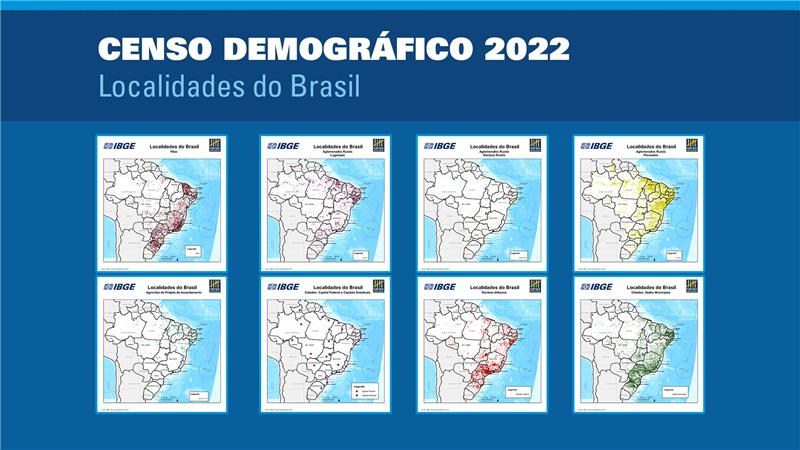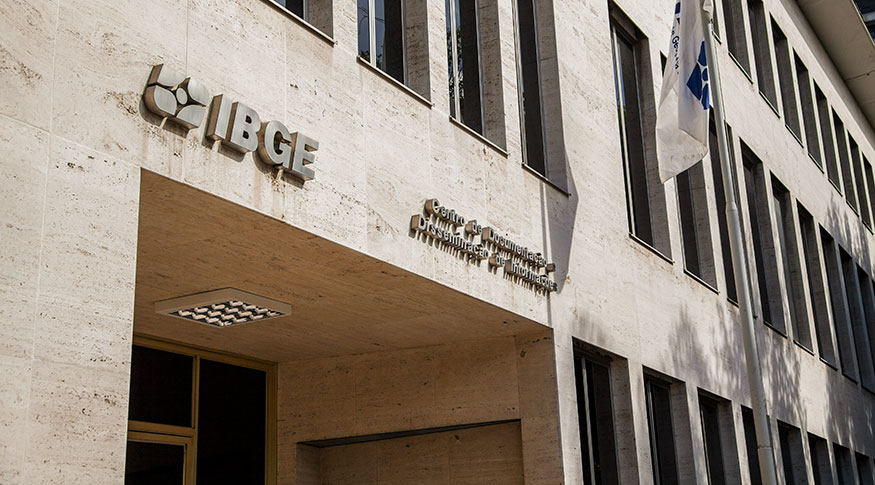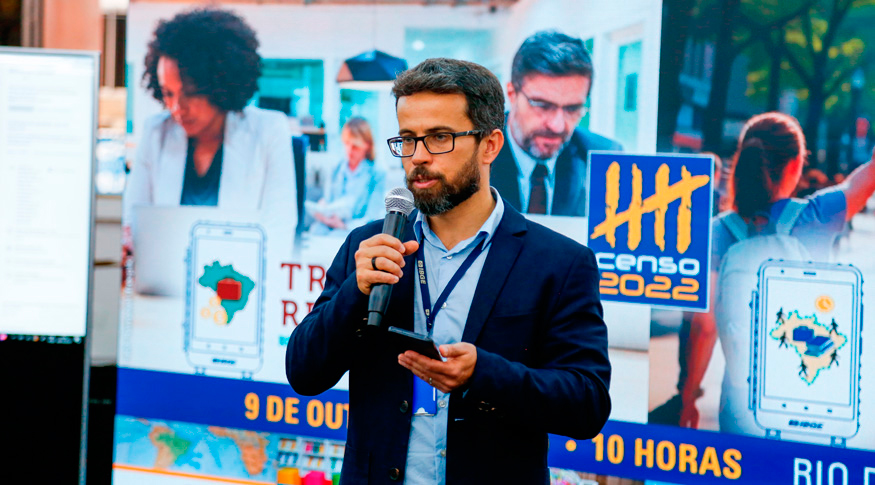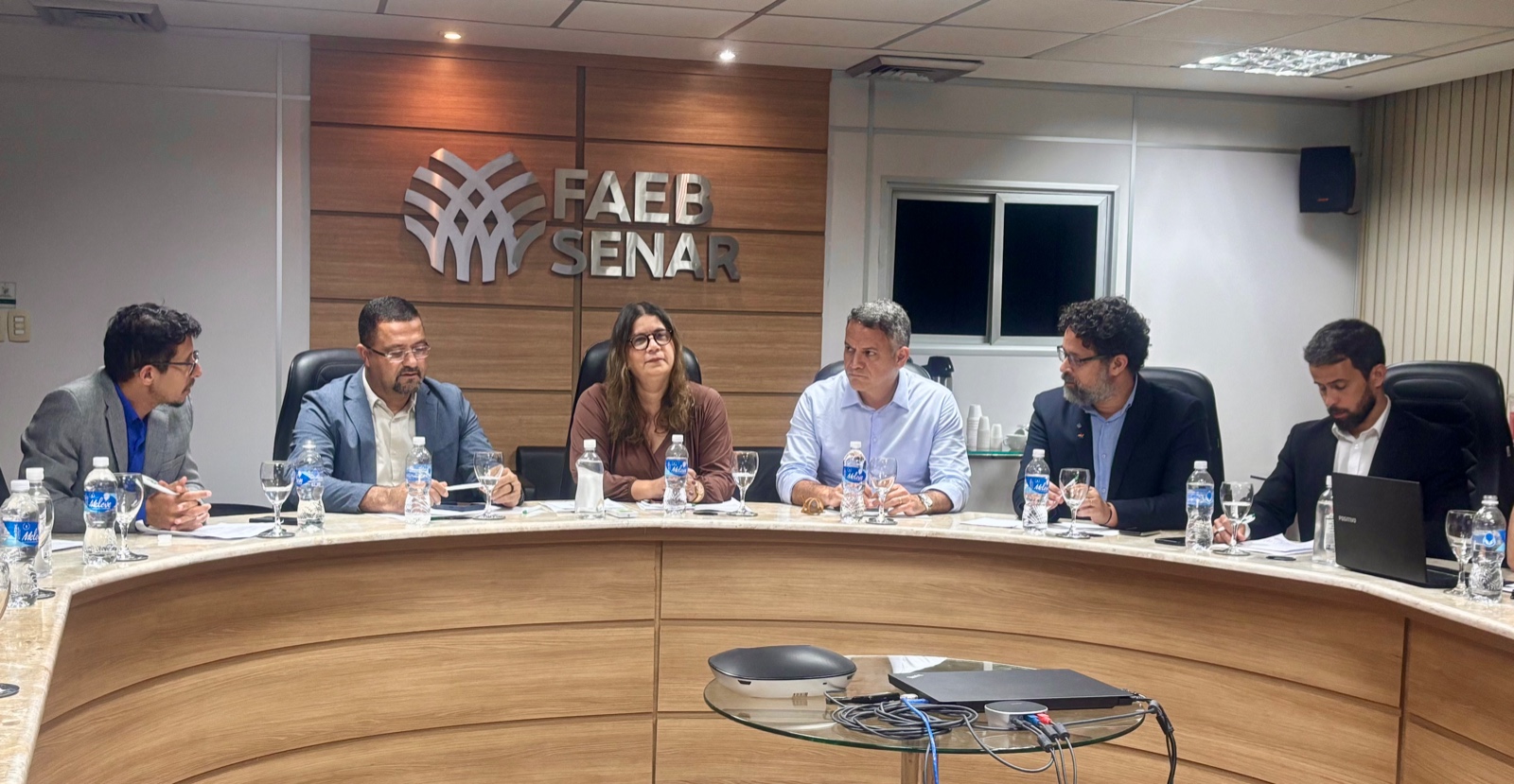2022 Census in the field
In five states: international observers watch data collection and learn about 2022 Census
October 17, 2022 10h00 AM | Last Updated: November 01, 2022 01h54 PM
Highlights
- 2022 Census Observation had the participation of 18 countries in Latin America, the Caribbean and Africa.
- International observers visited Belo Horizonte (MG), Cabo Frio (RJ), Florianópolis (SC), Recife (PE), Boa Vista (RR) and Pacaraima (RR).
- During a week, the work of collecting and supervising the census operation was watched by specialists in statistics.
- After exchanging experiences, country representatives learn technological and methodological innovations to carry out their own surveys.
- “Something that catches my attention is the cooperation of the people, their engagement with the Census”, Jean Pierre Bahoum, observer from Senegal.
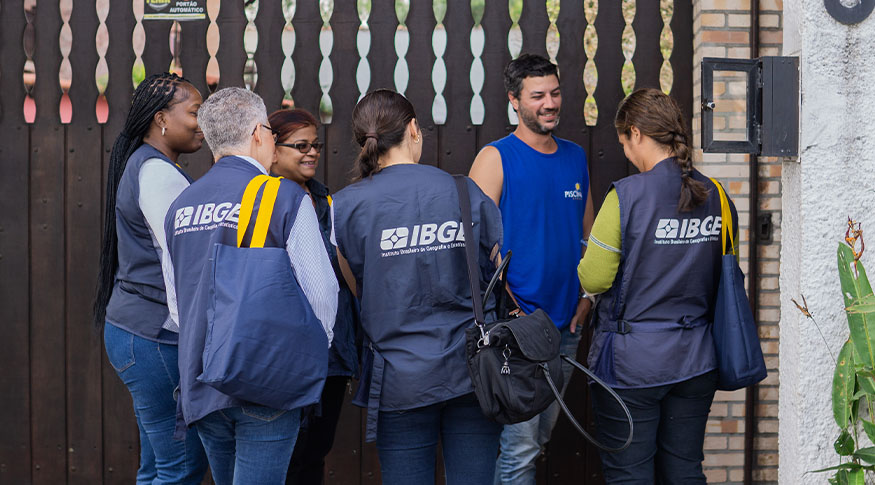
As the 2022 Census collection went on, in the afternoon of September 19, in the Peró neighborhood (Cabo Frio - RJ - one of the main tourist destinations in the state) with enumerators knocking door to door to fill out questionnaires with residents, comments in French broke the normal operation. They came from the Senegalese Jean Pierre Bahoum, one of the participants of the 2022 Census Observation, and were soon translated by Jocelyn Vincent Freulon, as follows: “something that catches my attention is the cooperation of the people, their engagement with the Census”, highlighted the observer.
Conceived by the IBGE in partnership with the Brazilian Cooperation Agency (ABC), the United Nations Population Fund (UNFPA) and the International Labor Organization (ILO), the project aimed at bringing observers from different countries to watch the work of the Brazilian Population Census for a week, during the data collection process. This was yet another action of transparency and sharing of experiences, methodologies, new technologies and good practices that have been developed by IBGE over the years.
Divided into five groups, each one in a different Federation Unit, the international observers visited Belo Horizonte (MG) - Angola, Cape Verde, Guinea-Bissau, Mozambique and São Tomé and Príncipe; Cabo Frio (RJ) - Bahamas, Belize, Senegal, Sudan and Trinidad and Tobago; Florianópolis (SC) - Chile, Peru and Uruguay; Recife (PE) - Colombia, Ecuador, Mexico, Dominican Republic and Honduras; and Boa Vista and Pacaraima (RR) - representatives of Organs international bodies ECLAC, UNHCR, IOM and UNICEF.
The idea of this project is to promote interaction and show international observers how the IBGE works. Show our technique, our technology when carrying out the Census, so that they can do a good job in their countries of origin”, explains IBGE superintendent in Rio de Janeiro, José Francisco Teixeira Carvalho.
The idea of this project is to foster interaction and show international observers how the IBGE works. Show our technique, our technology when carrying out the Census, so that they can do a good job in their countries of origin”, explains IBGE superintendent in Rio de Janeiro, José Francisco Teixeira Carvalho.
Senegalese Jean Pierre, properly dressed in a vest and with ab IBGE badge, highlights how the preparation process is helping the survey. “The main objective of this visit to Brazil is to see how the Census is carried out here, what practices are used here and in other countries and to take this knowledge back. The IBGE does an excellent job and the preparation stage is noticeable. When enumerators arrive at the households, you can see that they know very much about the operation”, analyzes the African observer.
The group of observers in Cabo Frio was composed of representatives from Senegal, Trinidad and Tobago, Belize, Bahamas and Sudan, in addition to translators. In the morning, everyone gathered in the auditorium of the Alfredo Castro Municipal School, one of the places used in the training of enumerators in the city, for presentations on the census operation - from the necessary physical structure to recruitment and training, including questionnaires, methodologies and innovative technologies used in this Census.
After the lectures, participants were divided into four enumeration areas across the region, urban and rural, to monitor the collection process, the technologies used and understand how Brazilians receive the IBGE.
“In our next census, we will use the personal interview system with the help of a mobile device for the first time. It's a new focus for us, so one of our main goals on this visit is to see how the collection device works. We have also observed different ways of conducting the survey, for example, the number of returns to households is four, while ours is two or three, so we are observing and learning new methodologies and ways to carry out a census survey”, evaluates Nalini Inga Bahadoorsingh, representative of Trinidad and Tobago.
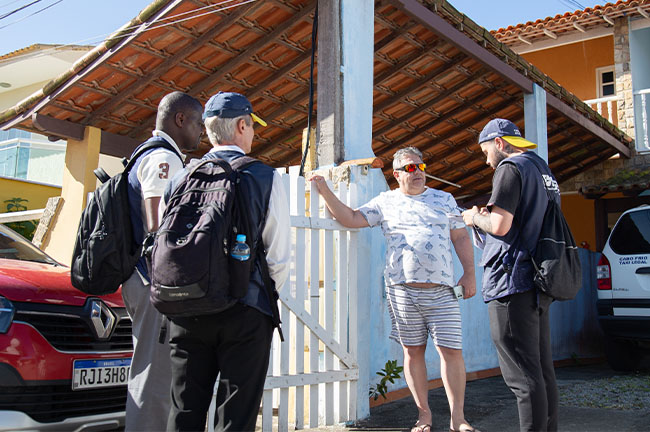

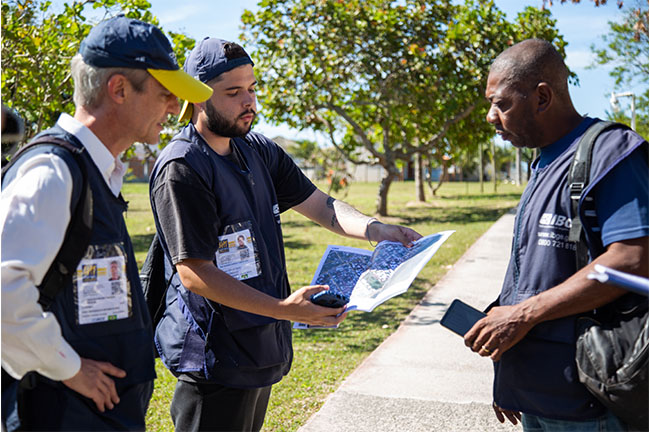


 Representatives from Portuguese-speaking countries visited Belo Horizonte to watch data collection
Representatives from Portuguese-speaking countries visited Belo Horizonte to watch data collection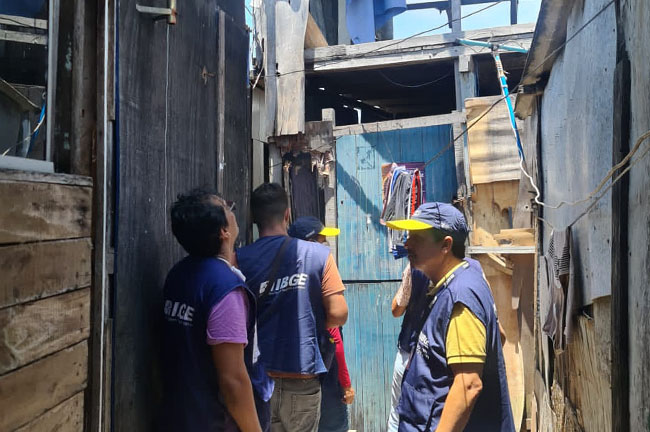 In Florianópolis, teams visit alleys to draw an accurate picture of the country
In Florianópolis, teams visit alleys to draw an accurate picture of the country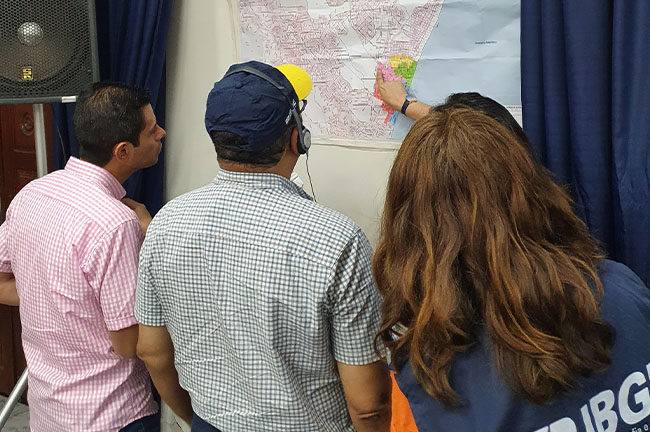 Participants analyze a map of Recife during one of the presentations held in the capital of Pernambuco
Participants analyze a map of Recife during one of the presentations held in the capital of Pernambuco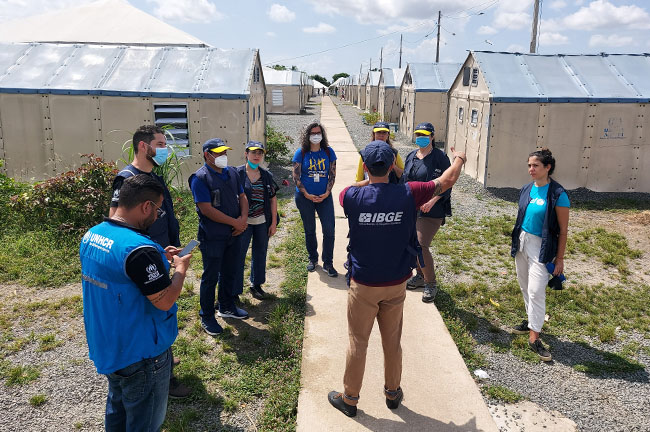 Refugee data collection process was also watched in Boa Vista
Refugee data collection process was also watched in Boa Vista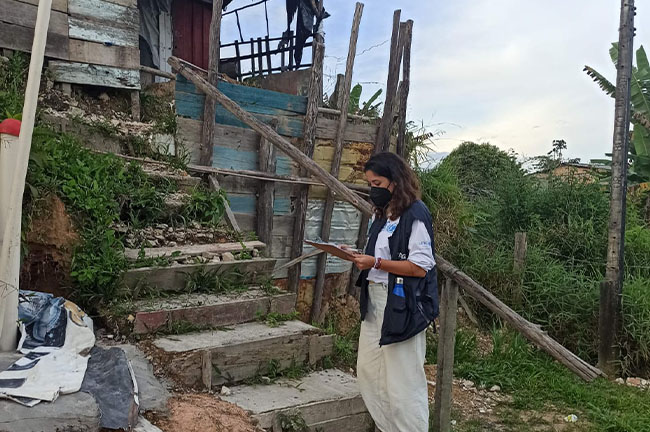 Representatives of international organizations observed the work done in Pacaraima
Representatives of international organizations observed the work done in PacaraimaFor enumerator Rodrigo Dumacy, who was observed during interviews in the Peró neighborhood, where he also lives, the visit was a good surprise and has helped explain the relevance of the survey for the country.
“This visit by observers to Cabo Frio has been very good. Even when interviewing people, when I explain that they are people from other countries observing the Census, they realize even more the importance of the survey and of answering the questionnaire”, Mr. Dumacy reported.
The observers received a set of uniforms, with a vest, badge, cap and bag, and witnessed the collection process, watching the functioning of the Mobile Collection Device (DMC) and the process of supervising the operation at collection points. The idea was to present the different realities faced by the census operation, with urban and rural sectors, as well as localities with peculiarities such as Cabo Frio, where there are many summer houses, and how the IBGE does to carry out the survey.

Florianópolis received representatives from Chile, Peru and Uruguay
During their stay in Florianópolis, with the typical unstable weather of the island at this time of year, between rainy and sunny days, breeze and wind, every afternoon the observers from Chile, Peru and Uruguay went to the field to follow the collection team in regions of different geographic characteristics and socioeconomic levels.
On Monday, September 19, the visitors started with the downtown region; on Tuesday, they covered steep hills at Lagoa da Conceição and fishing communities at Barra da Lagoa beach; on the Wednesday, they were in Porto da Lagoa; on the Thursday, in the Itacorubi neighborhood, close to the university area; and on Friday, they ended their visits going to the subnormal agglomerates of Morro do Mocotó, with one of the most beautiful views of the capital.
The group learned how to use the DMC and accompanied the enumerators in every detail that involves household collection, especially the challenges the team goes through – from empty houses and many refusals, to warm welcomings, even a barbecue party from a resident who celebrated with friends the day of the Farroupilha Revolution. They were also able to observe how the efforts made by field teams to interview residents in different neighborhoods and situations.
On Wednesday morning, observers participated in a press conference and gave interviews to the local TV. Every morning, they actively participated in lectures with several questions to the Institute's directors and technicians, who presented topics such as: the challenges and difficulties in carrying out a huge operation; partnerships with various organizations at the national, state and local levels; the construction of questionnaires and classifications; the organization of the IBGE's census mapping and the structure of the identification codes; the facilities assembled and the technologies used; the preliminary stages of testing, public consultation and training to address sensitive issues; supervisory work for checking or verification, communication and dissemination work, and the hiring of extra support staff.
Among the similarities pointed out by the visitors with their countries, the difficulty in hiring labor is one of them: “The enumerator is the heart of the census. We have to be careful because we can't afford to have a low hiring”, points out Alvaro Andres Rodriguez Pacheco, head of IT for the Census of the National Institute of Statistics of Chile. Sheyla Muller Perez, chief technical officer for the Chilean census, adds: “We also experience problems with fake news and people not wanting to answer to the census.”
About Peruvian reality, Nancy Aurelia Hidalgo Calle de Martell, director of census and surveys, and Juan Vera Aguilar, technical director of statistics, add: “In the 2022 National Economic Census, we lacked enumerators and had high desertion. The training, planned for three classes, had to be extended to eight classes in the end. Also, fake news abounds.”
Chile and Peru will make two major changes in methodology and use of technology in the next Censuses, scheduled for 2024 and 2025, respectively. Both took their last census in 2017, with the so-called “del hecho” methodology. In this methodology, the country declares a mandatory public holiday, when all establishments are closed and people go to the collection points to answer to the Census, a similar procedure to that of the election day here. There is a campaign for people to avoid traveling during the day, but officially it is understood that the population is censused based on where they slept the night before the day of the Census and not necessarily where they live. The other change in both countries will be the inclusion of the use of technology in the collection stage, until then done with paper questionnaires. “In Chile, we are publishing analysis of results from the last Census until today”, explains Mr. Pacheco.
Regarding the work in Chile, the head of IT at the NSO describes: “We will have very similar technologies. We are developing our Census Management System platform, in addition to the design and development of our questionnaire in all its modalities. We will also have a system that will help us in the recruitment and selection of people, hiring and payments, training and enumeration platforms, logistical support systems. The technological challenges of implementation are very similar, despite the platforms having to manage different amounts of information, since the census in Brazil has continental dimensions”.
Uruguay, in turn, applied the methodology of the census of law with collection, in the last count, in 2011. “A degree of excellence has been observed in the applications and tools developed in Brazil. In terms of hardware, the instruments used in 2011 were the same PDAs, which were borrowed from Brazil, and in 2023 devices similar to the DMCs used here. In terms of software, we are in the development phase and Brazil is included in the process”, explains Daniel Macadar, Uruguayan, representative of the United Nations Population Fund. In the next Census, Uruguay will also try a preliminary stage of collection through the internet, as Argentina did, complemented by a subsequent field work.
Regarding the lessons learned, they are unanimous in highlighting the development of the Brazilian technology. “Brazil has a very powerful statistical infrastructure that is probably unique in the LayC region [Latin America and the Caribbean]. The professionalism of its work and the technical independence of its activities are pillars of its credibility. These characteristics must be considered lessons for the rest of the NSOs in the region. Furthermore, in each of the census activities, strategies and operational instruments of the Brazilian census, there are fundamental lessons for carrying out any Census, even in the world”, concludes the UN representative.
After a week of activities, observers met in Rio for the closing
With the presence of representatives of the 18 countries, in addition to representatives of international organizations, the closing event of the 2022 Census Observation was held on September 26, bringing together about 160 people in Rio de Janeiro.
The event featured presentations by representatives of the groups that visited each state detailing their experiences and by IBGE directors, such as the president, Eduardo Rios Neto, the director of survey, Cimar Azeredo, and the manager of International Relations, Roberto Sant’Anna.
“The Censo Observation project was a very successful activity, as it was able to provide participating institutions with an opportunity to exchange experiences and learn by doing. For the IBGE, it was important because, once again, we were able to participate and show the excellence of this institute and also have the opportunity to learn and receive information and experiences from international institutions”, highlights Mr. Sant’Anna.
“We can never thank enough agencies such as UNFPA, ILO, ABC, UNHCR and IOM for the support in such an event. We hope to have been able to show observers the advances we have made with this Census compared to the 2010 Census, especially in terms of technology, as well as the series of challenges we have and how we are working to overcome them,” says Mr. Azeredo.













